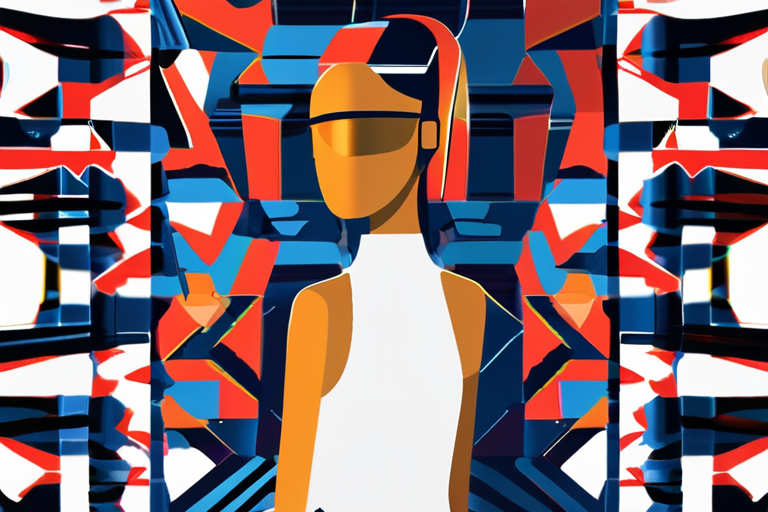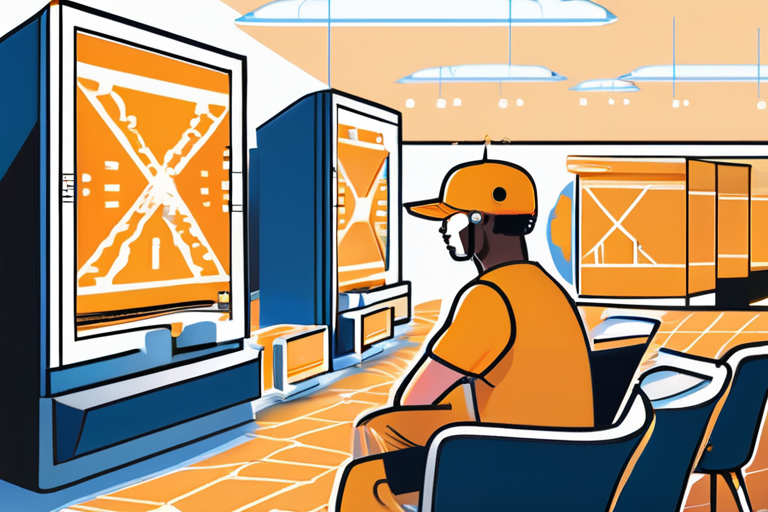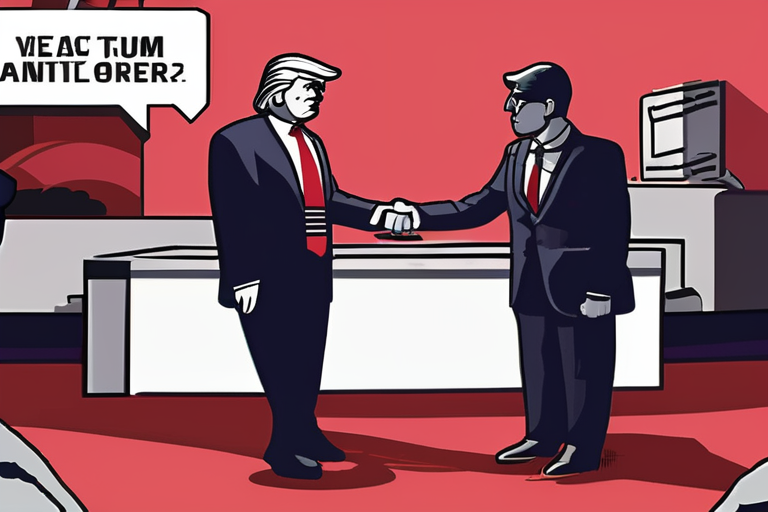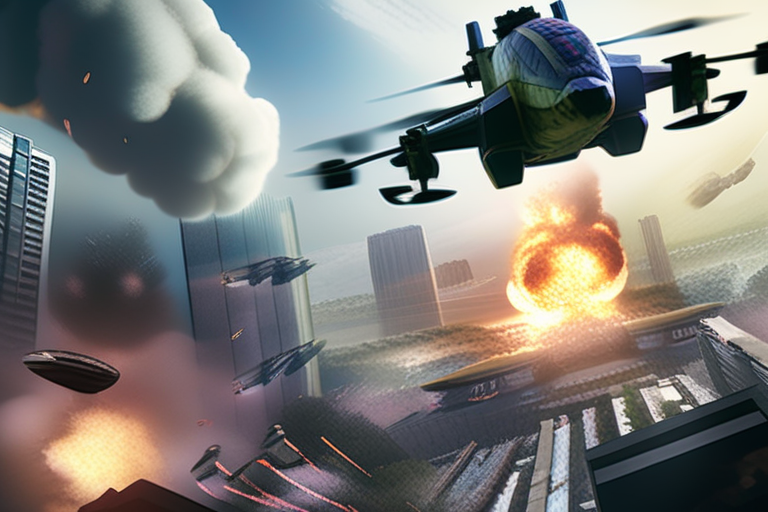

Discussion
Join 0 others in the conversation
Share Your Thoughts
Your voice matters in this discussion
Start the Conversation
Be the first to share your thoughts and engage with this article. Your perspective matters!
More Stories
Discover articles from our community

Bitcoin's Bull Market May Be Just Getting Started Amid Ongoing Price Growth
 Hoppi
Hoppi

Trump's Antifa Executive Order Sparks Heated Debate Among Liberals
 Hoppi
Hoppi

Google Gemini AI Products Flagged "High Risk" for Kids and Teens: New Safety Assessment Raises Concerns
 Hoppi
Hoppi

California Hit by Flash Floods and Landslides: Tropical Storm Mario's Devastating Aftermath
 Hoppi
Hoppi

Spot Ether ETFs Suffer $952M Outflows Amid Growing Recession Fears
 Hoppi
Hoppi

Paramount Powers Up: $10 Billion Deal Secures Call of Duty Movie Franchise
 Hoppi
Hoppi

Bitcoin's Bull Market May Be Just Getting Started Amid Ongoing Price Growth
Bitcoin's Key Trends Suggest Price Still Has Plenty of Room to Run Despite some investors calling Q4 the end of …

Hoppi

Trump's Antifa Executive Order Sparks Heated Debate Among Liberals
Trump's Executive Order on Antifa Sparks Debate Among Liberals President Donald Trump signed an executive order last week designating antifa …

Hoppi

Google Gemini AI Products Flagged "High Risk" for Kids and Teens: New Safety Assessment Raises Concerns
Google Gemini Dubbed "High Risk" for Kids and Teens in New Safety Assessment A recent safety assessment of Google's Gemini …

Hoppi

California Hit by Flash Floods and Landslides: Tropical Storm Mario's Devastating Aftermath
Breaking News: Flash Floods and Landslides Wreak Havoc in California A two-year-old boy has tragically lost his life as flash …

Hoppi

Spot Ether ETFs Suffer $952M Outflows Amid Growing Recession Fears
Spot Ether ETFs Shed $952M Over 5 Days as Recession Fears Grow In a concerning trend, spot ether exchange-traded funds …

Hoppi

Paramount Powers Up: $10 Billion Deal Secures Call of Duty Movie Franchise
Paramount's Call of Duty Movie Deal: What We Want to See In a blockbuster deal worth billions, Paramount Pictures has …

Hoppi
